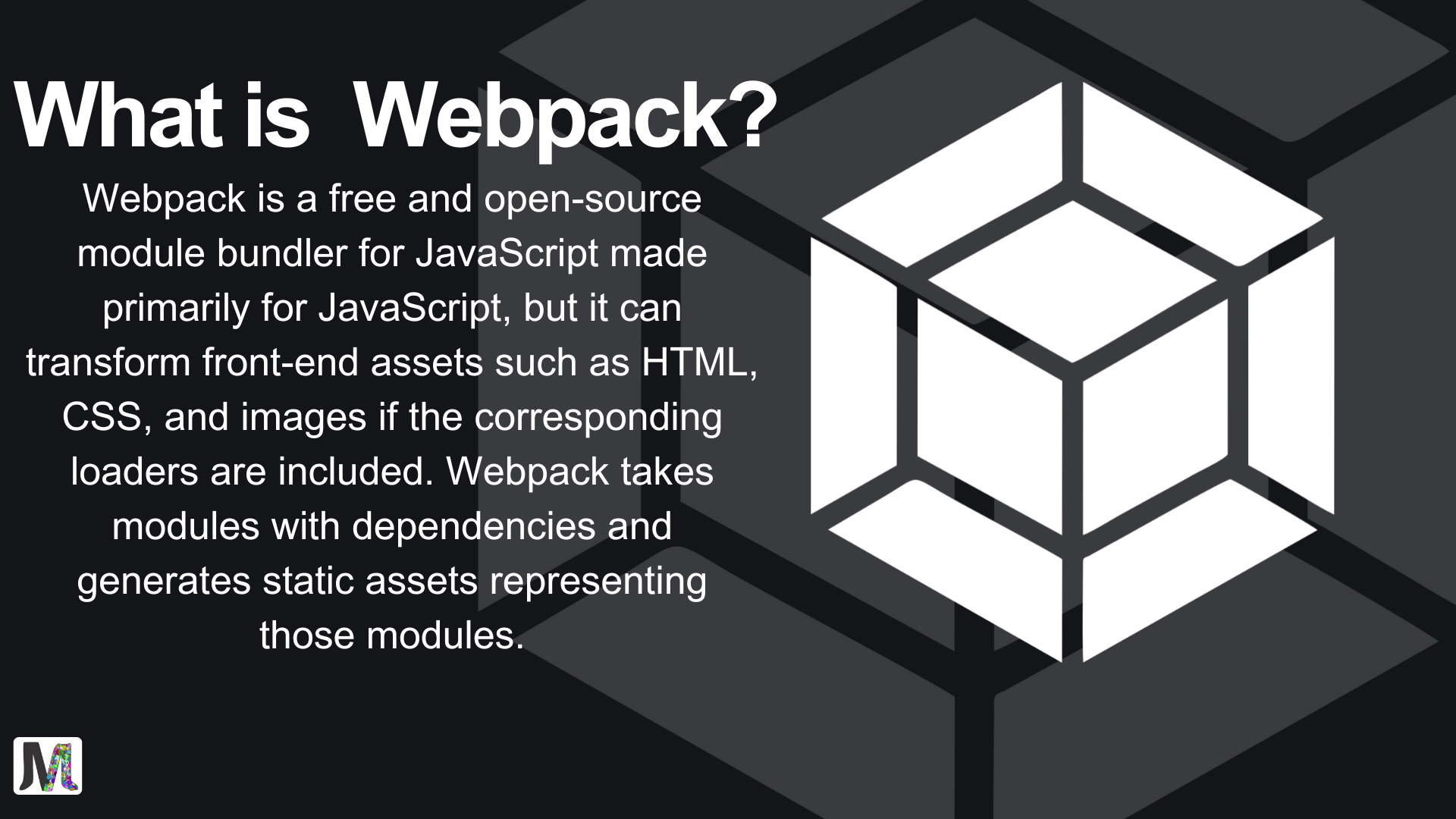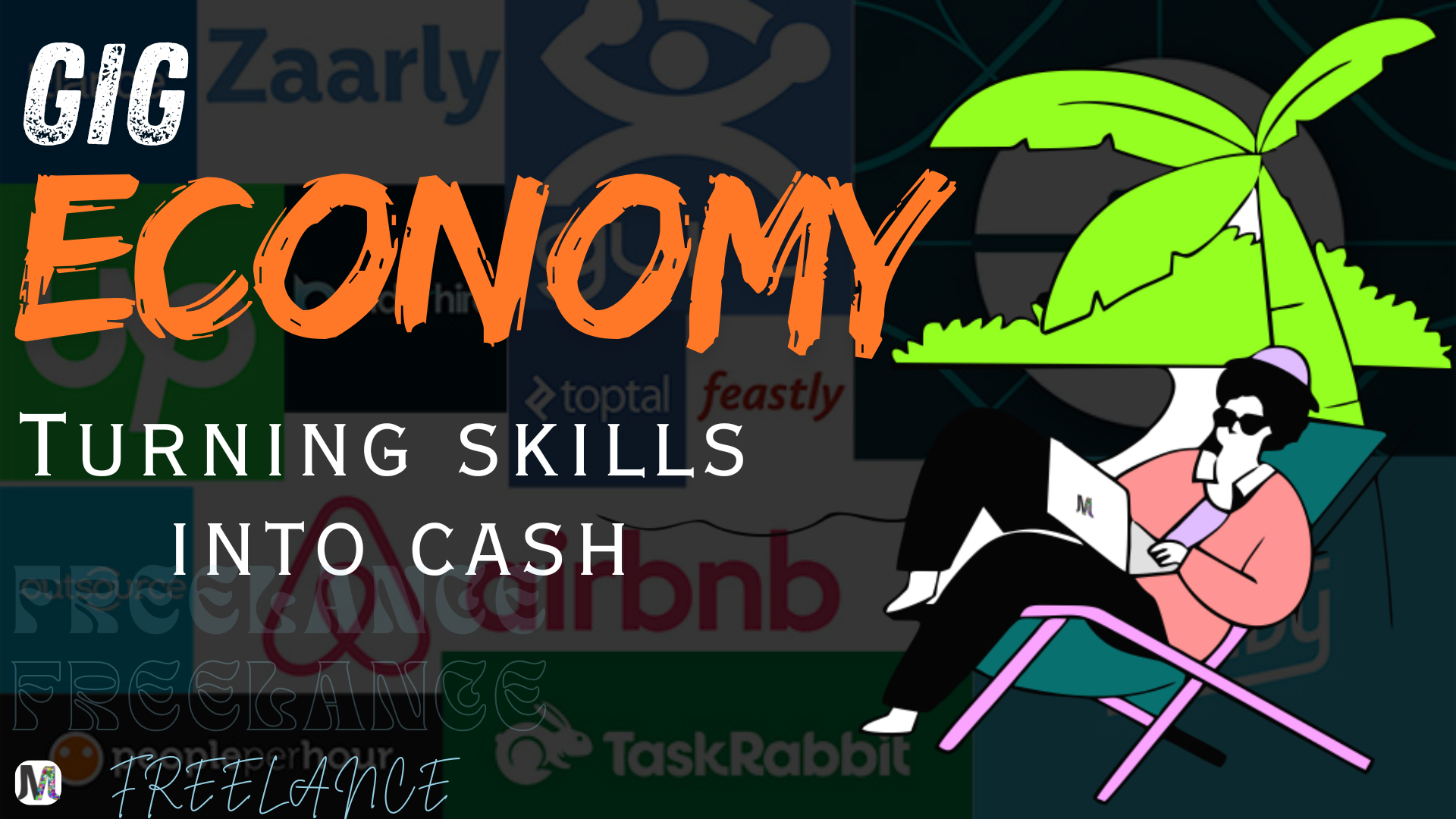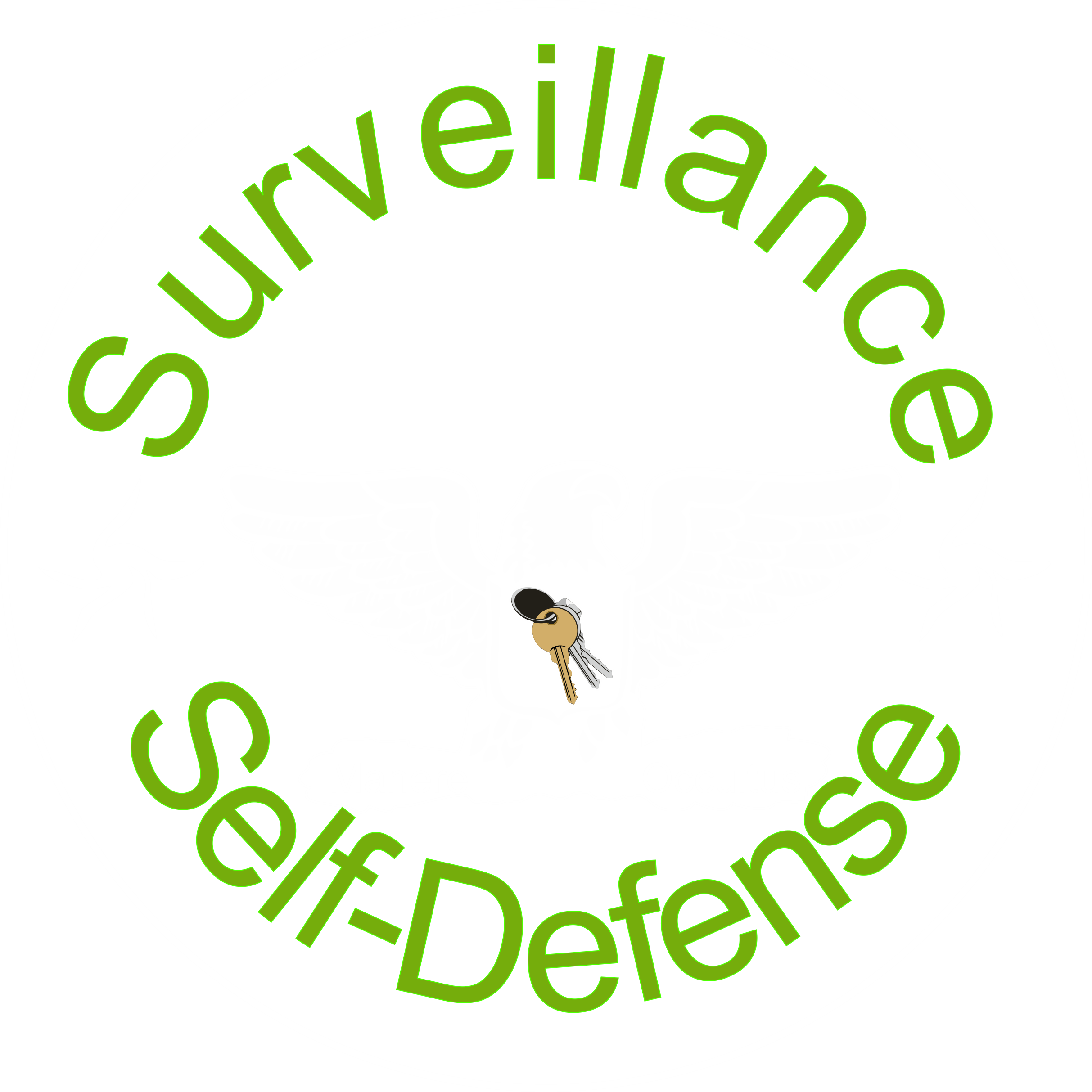Corrupt Politicians and CEOs Are Using Your Taxes to Fund Their Hidden Fortunes
Corruption has long plagued governments and corporate entities around the world, eroding public trust and siphoning off resources meant for societal growth. The misuse of taxes by corrupt politicians and corporate executives is one of the most egregious forms of exploitation, directly affecting the livelihoods of millions while padding their hidden fortunes.
In this article, we’ll explore how corrupt practices funnel public funds into private accounts, the impact on society, and what can be done to combat this growing menace.
How Corruption Works: A Web of Deceit

Corrupt politicians and CEOs often collaborate to exploit tax revenue, creating an intricate web of deceit. Here are some common methods:
1. Shell Companies and Offshore Accounts
Taxpayer money is often funneled through fraudulent contracts to shell companies, which are then used to launder the funds into offshore accounts. These accounts are typically located in tax havens with strict privacy laws, making it difficult to trace the money.
2. Inflated Government Contracts
Public procurement is a hotspot for corruption. Politicians award overpriced contracts to corporations in exchange for kickbacks. These inflated costs are covered by taxpayer money, and the excess funds end up in the pockets of corrupt officials and executives.
3. Tax Evasion and Avoidance
While ordinary citizens shoulder the tax burden, corrupt CEOs use loopholes and influence to minimize their companies’ tax liabilities. Some even evade taxes outright, diverting funds to personal accounts instead of contributing to public services.
4. Fraudulent Aid Programs
International aid intended for developmental projects is often diverted by corrupt officials. They create fake projects or inflate costs, siphoning off funds while the intended beneficiaries see little to no improvement in their conditions.
The Societal Impact
The diversion of tax revenue to fund hidden fortunes has devastating consequences for society. Here are some of the key impacts:
1. Underfunded Public Services
When taxes are misused, essential public services like healthcare, education, and infrastructure suffer. Citizens are forced to endure poor-quality services while paying higher taxes to cover the shortfall.
2. Widening Inequality
Corruption exacerbates income inequality. While the elite grow richer, the average taxpayer struggles to make ends meet, creating a society divided along economic lines.
3. Erosion of Trust
Public trust in governments and corporations diminishes when corruption is exposed. This distrust hampers civic engagement and makes it harder for institutions to function effectively.
4. Stunted Economic Growth
Corruption deters foreign investment, reduces government revenue, and misallocates resources, ultimately stunting economic growth.
Real-Life Examples
1. The Panama Papers Scandal
In 2016, the Panama Papers leak revealed how politicians and business leaders used offshore accounts to hide wealth. These revelations exposed the widespread misuse of public funds for personal enrichment.
2. The Petrobras Scandal
In Brazil, the state oil company Petrobras was embroiled in a corruption scandal involving billions of dollars. Politicians and executives colluded to inflate contracts, pocketing the excess funds.
3. Zimbabwe’s Missing Billions
Reports indicate that Zimbabwe’s diamond revenue, worth billions, vanished due to corruption. Politicians and business elites siphoned off funds that could have transformed the nation’s economy.
What Can Be Done to Combat This?
Tackling corruption requires systemic change, transparency, and collective action. Here are some steps:
1. Strengthen Anti-Corruption Laws
Governments must enact stringent laws to deter corruption, with severe penalties for violators. Transparency in public spending should be mandated, with regular audits.
2. Encourage Whistleblowing
Whistleblowers play a crucial role in exposing corruption. Creating robust legal protections and financial incentives for whistleblowers can encourage more people to come forward.
3. Leverage Technology
Blockchain and other emerging technologies can enhance transparency by providing immutable records of financial transactions, making it harder to manipulate data.
4. Promote Global Collaboration
Corruption often involves cross-border transactions. International cooperation is essential to track and recover stolen funds, as well as to prosecute those involved.
5. Educate and Empower Citizens
Informed citizens are better equipped to hold leaders accountable. Public education campaigns can raise awareness about the cost of corruption and how to report it.
The Role of Media and Advocacy Groups
Media outlets and advocacy groups play a vital role in uncovering corruption. Investigative journalism has been instrumental in exposing major scandals, while advocacy groups pressure governments and corporations to act responsibly.
Conclusion
Corruption is a formidable challenge, but it is not insurmountable. By holding corrupt politicians and CEOs accountable, strengthening institutions, and empowering citizens, we can create a society where tax revenue is used for the common good, not hidden fortunes. The fight against corruption requires vigilance, courage, and a collective commitment to justice and transparency.
Let’s work together to ensure that our taxes build a better future, not private empires.
SEO Optimization Keywords:
- Corrupt politicians
- Corporate corruption
- Tax evasion
- Offshore accounts
- Anti-corruption measures
- Hidden fortunes
- Public trust erosion
- Whistleblowers



